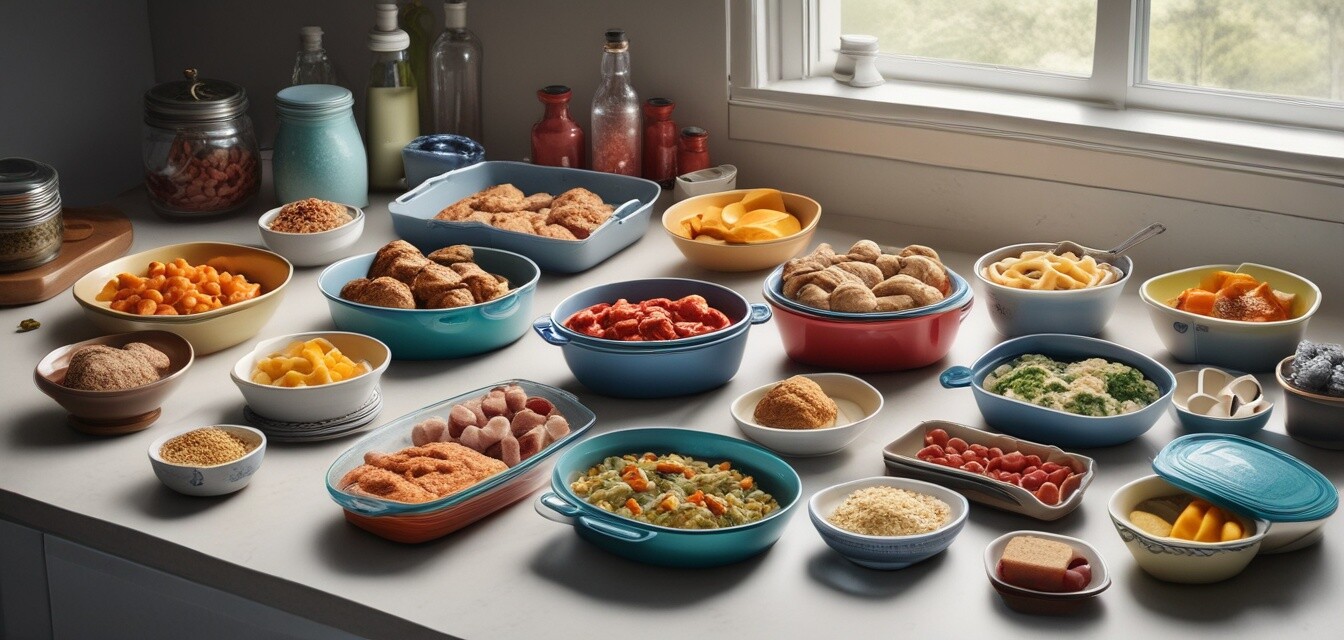
How to choose the right baking dish
- Understanding materials is crucial for baking success.
- Shapes and sizes should align with your baking needs.
- Evaluate the type of dish based on the recipes you love.
- Different dishes provide unique heat conduction properties.
- Consider care instructions for longevity of your bakeware.
Selecting the right baking dish can greatly enhance your culinary experiences, whether you are whipping up a classic lasagna or a decadent chocolate cake. With different materials, shapes, and sizes available, understanding what to look for can streamline the selection process. This guide will help you navigate the world of baking dishes to ensure you have the right tools for your kitchen adventures.
Types of baking dishes
Before diving into the specifics, it's important to understand the various types of baking dishes available:
| Type | Material | Best For |
|---|---|---|
| Glass | Borosilicate glass | Even baking and visual monitoring |
| Ceramic | Stoneware or earthenware | Roasting and casseroles |
| Metal | Aluminum or stainless steel | Quick browning and crispy edges |
| Pans | Nonstick or silicone | Baking cakes with ease |
Material matters
The material your baking dish is made of affects how heat is conducted, impacting the final outcome of your dish. Here are the primary materials and their characteristics:
- Glass: Non-reactive and great for visual monitoring, glass dishes allow for even cooking.
- Ceramic: Excellent heat retention. It tends to distribute heat evenly but may not be compatible with stovetops.
- Metal: Perfect for achieving crispy edges; they heat up quickly, leading to faster baking times.
- Silicone: Flexible and non-stick, ideal for easy release, but they may require additional support when handling.
Shapes and sizes
Baking dishes come in various shapes and sizes. Your selection should depend on what you usually bake. Below are common shapes and their uses:
| Shape | Best for |
|---|---|
| Rectangular | Casseroles, lasagna |
| Round | Cakes, quiches |
| Square | Brownies, bars |
| Specialty | Unique desserts (like tart pans) |
Choosing based on your baking plan
Consider what you're most frequently baking. For example:
- If you're often making casseroles, a large rectangular dish may be your best bet.
- For baking cakes or pies, a round or specialty dish will suit you well.
- Brownies and bars require a square pan for optimal shape and texture.
Care and maintenance tips
To extend the life of your baking dishes, remember these care tips:
- Avoid sudden temperature changes for glass and ceramic dishes.
- Use proper utensils to prevent scratching nonstick surfaces.
- Follow washing instructions: some materials are dishwasher safe while others require hand washing.
Pros
- Diverse materials enhance baking performance.
- Available in multiple shapes to suit different recipes.
- Proper maintenance can lead to long-lasting bakeware.
Cons
- Certain materials are more fragile and can break easily.
- Not all dishes are suitable for all types of baking.
Conclusion
Choosing the right baking dish is essential for anyone who spends time in the kitchen. Understanding the difference in materials and their respective heat properties can significantly affect your baking results. Be informed, and select the dish that aligns best with your cooking style and favorite recipes. For more insights into kitchen essentials, check out our Baking Essentials page, or consider reviewing our Cooking Buying Guides for further assistance.